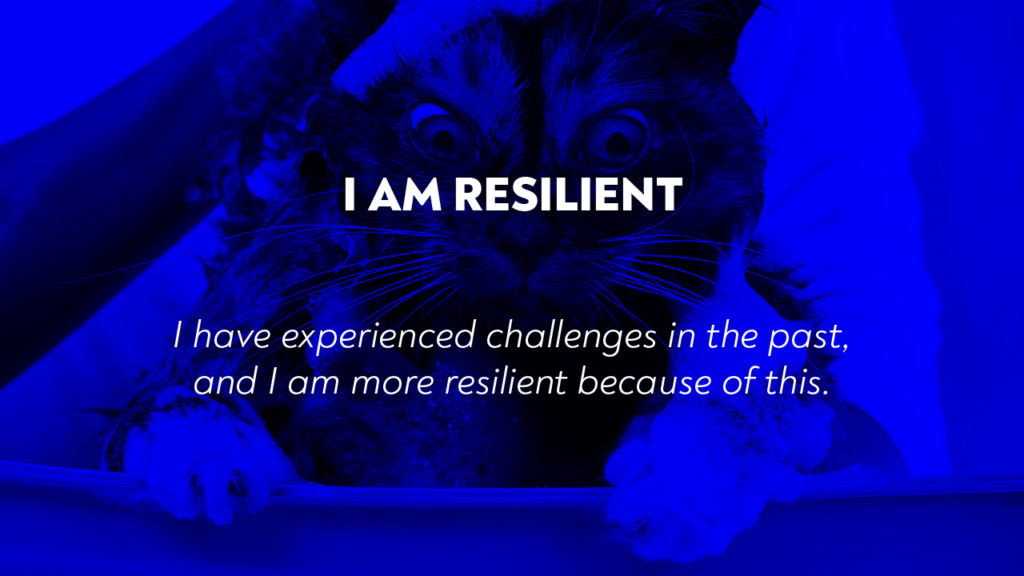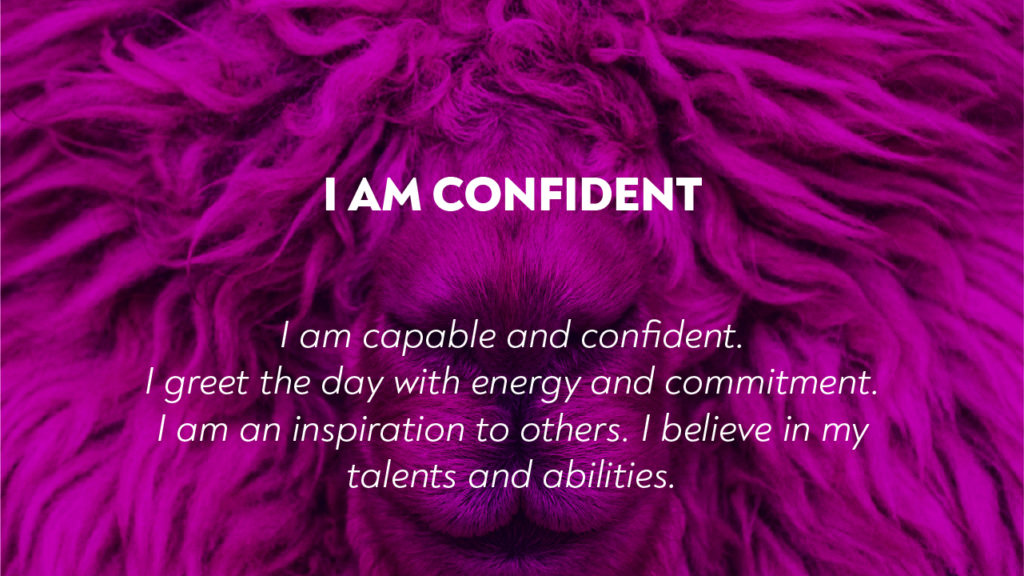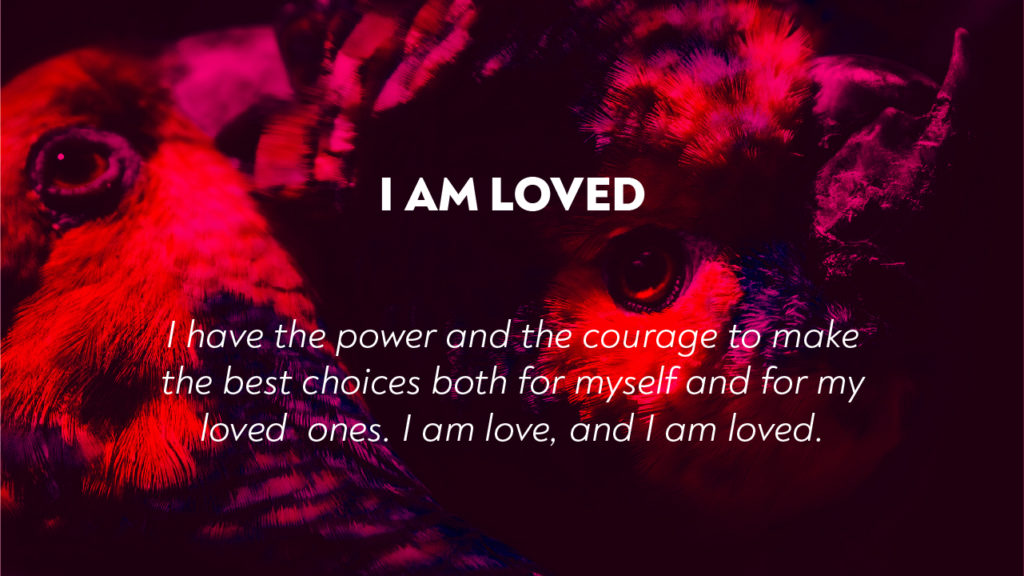
Podjąłeś decyzję. Chcesz być swoim własnym szefem i zacząć pracować jako freelancer. Może planujesz robić to na pół etatu, łączyć z nauką, a może szukasz pełnoetatowego zajęcia, które będzie bardziej elastyczne. Niezależnie od okoliczności, prędzej czy później staniesz przed najtrudniejszym pytaniem, z którym zmierzy się każdy freelancer: jak zdobyć swój pierwszy projekt?
Może już próbowałeś i Ci się nie udało. Może dopiero zamierzasz zacząć. Więc oto pierwsza, trudna do przełknięcia prawda: przygotuj się na frustrację. Na długie dni bez żadnej odpowiedzi w skrzynce. Na chwile zwątpienia w siebie.
W końcu konkurujesz w zglobalizowanej gospodarce, z ludźmi z całego świata, gdzie dosłownie miliony freelancerów rywalizują o każdy projekt. Freelancing jest trudny. Ale z drugiej strony, gdy zdobędziesz świetny projekt, nic nie daje większej satysfakcji. Elastyczność i wolność, jakie oferuje freelancing, to coś, czego nie da się porównać z niczym innym.
Nie obiecujemy, że po przeczytaniu tego przewodnika natychmiast zdobędziesz wymarzone zlecenie. Obiecujemy jednak, że znajdziesz się daleko przed wieloma osobami na tym samym etapie co Ty. Nie chcemy oferować Ci pustych frazesów, lecz praktyczne wskazówki oparte na naszym doświadczeniu. Dzięki nim zaoszczędzisz czas, unikając błędów, które my już popełniliśmy. Bo masz tylko jeden czas – i warto go dobrze wykorzystać.

Co z doświadczeniem?
Doświadczenie to coś, czym początkujący freelancerzy bardzo się martwią. W końcu to jeden z najważniejszych czynników, które budują Twoją wartość jako wykonawcy. Często wydaje się to błędnym kołem – potrzebujesz doświadczenia, aby je zdobyć. Ale nie martw się, istnieją sposoby, aby przerwać ten cykl. A kiedy zdobędziesz swój pierwszy projekt, który możesz umieścić w portfolio, wszystko staje się dużo łatwiejsze. Oto dwa proste sposoby na zdobycie doświadczenia, nawet jeśli wydaje Ci się, że go nie masz:
Szukaj doświadczenia w nieoczekiwanych miejscach.
Bez wątpienia masz już jakieś doświadczenie w jakiejś dziedzinie lub istnieje coś, co lubisz robić i w czym czujesz się dobrze. Teraz wystarczy wykorzystać to w sposób atrakcyjny dla potencjalnego klienta. Znajdź swoją wymarzoną branżę i określ niszę, w której masz choćby odrobinę doświadczenia.
Załóżmy, że chcesz zostać copywriterem i interesujesz się deskorolką. Poszukaj projektów, które łączą obie te dziedziny, na przykład „pisanie artykułów SEO dla bloga o deskorolce”. W ten sposób możesz zrównoważyć brak doświadczenia w copywritingu swoją wiedzą na temat deskorolki.
Jeśli nie masz doświadczenia, stwórz je.
Chcesz rozpocząć karierę w optymalizacji SEO? Skorzystaj z darmowych zasobów dostępnych w internecie, naucz się podstaw, napisz artykuł na temat, który Cię pasjonuje, opublikuj go w sieci i powtarzaj ten proces, aż osiągniesz zadowalający efekt.
W ten sposób będziesz mieć coś, co możesz pokazać potencjalnemu klientowi jako dowód swoich umiejętności. Jest tylko jeden sposób, aby stać się w czymś dobrym – po prostu to robić.

Zdobycie pierwszego zlecenia – gdzie szukać?
Stworzyłeś swoje portfolio praktycznie z niczego? Czas przejść do następnego kroku – zdobycia pierwszego zlecenia.
Zacznijmy od kwestii, która dla niektórych może nie być oczywista – gdzie szukać pracy? Dla początkujących istnieją trzy główne sposoby na znalezienie pierwszego projektu: znajomi i rodzina, platformy freelancerskie oraz cold mailing. Każdy z tych sposobów ma swoje plusy i minusy. Przyjrzyjmy się im bliżej, abyś mógł zdecydować, co będzie dla Ciebie najlepsze.
Po pierwsze, znajomi i rodzina. Dla każdego małego biznesu pierwsi klienci niemal zawsze pochodzą z tego kręgu. I to właśnie z tej grupy najprawdopodobniej otrzymasz swoje pierwsze zlecenie. Popytaj wśród bliskich! Zdziwisz się, jak wiele osób w Twoim otoczeniu może potrzebować usług freelancera.
Dobra strona pracy dla znajomych i rodziny polega na tym, że zazwyczaj są oni bardziej wyrozumiali niż faktyczni klienci. Wybaczą Ci drobne błędy, a środowisko pracy z reguły jest przyjemniejsze.
Ale projekty dla znajomych i rodziny mają też swoje wady. Najważniejszą z nich jest ryzyko uszkodzenia dobrych relacji. Relacja freelancer-klient jest bardzo specyficzna, a szczerze mówiąc, nie zawsze dobrze działa, gdy Twój przyjaciel staje się Twoim klientem. Może to łatwo prowadzić do frustracji po obu stronach, a w konsekwencji… po prostu zniszczyć przyjaźń.
Innym świetnym sposobem na znalezienie nowych klientów są dedykowane platformy internetowe. Usługi online, takie jak UpWork czy Fiverr, cieszą się dużą popularnością wśród pracodawców. Znajdziesz tam setki projektów, na które możesz aplikować! Niektóre z nich mogą nawet prowadzić do znalezienia długoterminowych klientów. Wielu freelancerów zbudowało swoją karierę właśnie dzięki platformom freelancerskim.
Dodatkowo model konkurencyjny na niektórych platformach, gdzie wygrywa po prostu najlepsza propozycja, to świetny sposób na budowanie swojego portfolio. Nawet jeśli Twój projekt nie zostanie wybrany, nadal masz coś gotowego, co możesz pokazać w przyszłości.
Jakie są wady? Przede wszystkim te strony nie są darmowe, więc pewien procent Twojej stawki zostanie odjęty. Oprócz tego dosłownie konkurujesz z ludźmi z całego świata – z krajów, gdzie ta sama kwota ma znacznie większą siłę nabywczą, co zmusza Cię do obniżania stawek, aby pozostać konkurencyjnym.
Ostatni sposób na pozyskanie klientów to tzw. cold mailing (często określany jako „cold DMing”, gdy odbywa się na platformach takich jak LinkedIn). Polega on na osobistym wysyłaniu wiadomości do potencjalnych kontaktów, aby zdobyć lead. Cold mailing wymaga pewnej finezji, ponieważ przepisy RODO zabraniają składania ofert sprzedażowych osobom, które nie wyraziły na to zgody. Współczesny cold mailing polega na wzbudzeniu zainteresowania Twoim biznesem bez faktycznego składania oferty sprzedaży.
Ta metoda świetnie sprawdza się w pozyskiwaniu nowych klientów, ponieważ ludzie są zazwyczaj bardziej skłonni do odpowiedzi na spersonalizowane wiadomości. Według badania z 2017 roku aż połowa freelancerów używała osobistych wiadomości na LinkedIn jako sposobu na znalezienie nowych klientów. Jednak wiele osób może postrzegać takie wiadomości jako spam w swojej skrzynce odbiorczej, więc stosunkowo mały procent osób odpowiada (zwykle to około 10%), a jeszcze mniej faktycznie staje się Twoimi klientami.
Lead’y zebrane dzięki cold mailingowi są jednymi z najbardziej wartościowych dla początkujących, ponieważ otrzymasz pełne wynagrodzenie i będziesz mieć pełną kontrolę nad projektem, co minimalizuje wady dwóch poprzednich metod.

Tworzenie przekonującej oferty
Masz już swoją wybraną metodę działania. Niezależnie od tego, którą wybierzesz, zawsze potrzebujesz przekonującej oferty, która sprawi, że dana osoba faktycznie będzie chciała skorzystać z Twoich usług. Oczywiście, w zależności od tego, dla kogo przygotowujesz propozycję, niektóre rzeczy będą się różnić. Pisząc jedną dla znajomego, ton może być mniej formalny itd. Ale istnieje kilka ogólnych zasad, które możesz zastosować w każdym przypadku.
Po pierwsze, zawsze miej na uwadze perspektywę drugiej strony. Spróbuj postawić się w sytuacji osoby, która czyta Twoją ofertę. Dlaczego miałaby wybrać właśnie Ciebie, a nie innego freelancera? Jaką wartość wnosisz do projektu? Może to Twoja wiedza w danej dziedzinie. Może masz doświadczenie w podobnych projektach. A może Twoje mniejsze doświadczenie przekłada się na korzystniejszą stawkę, którą możesz im zaproponować? Przeanalizuj kilka scenariuszy w swojej głowie. Pomyśl o swojej wyimaginowanej, bardziej doświadczonej konkurencji. Co jest Twoim atutem?
Nie bój się pochwalić. Chwalenie się jest źle postrzegane w naszej kulturze, a badania konsekwentnie pokazują, że większość ludzi uważa, że nie ma wystarczających kwalifikacji do pracy, nawet jeśli spełnia wszystkie wymagania. Jeśli uważasz, że jakikolwiek certyfikat, kurs czy doświadczenie, które masz, w jakiś sposób się liczy, umieść je w swoim portfolio. Zrób darmowy kurs Google. Umieść go tam. Wiesz, jak obsługiwać pakiet Office? Świetnie, umieść to. Nie lekceważ swoich umiejętności i nigdy nie zakładaj, że jakieś doświadczenie zostanie uznane za oczywiste.
Musisz stworzyć wartość. Istnieje stary mem, który pokazuje kasjera McDonald’s mówiącego: „Zarządzam operacjami finansowymi firmy wartej miliony dolarów”. Ale można z tego wyciągnąć lekcję. Zawsze przedstawiaj swoje doświadczenie jako tworzenie wartości.
Wyobraź sobie następujący scenariusz: Twój znajomy prowadzi mały biznes, a Ty pomogłeś mu w mediach społecznościowych, zwiększając liczbę obserwujących z 250 do 900. Teraz ma x nowych klientów z Instagrama.
Są dwa sposoby przedstawienia tej informacji w Twojej ofercie: „Pomogłem znajomemu zdobyć kilkaset obserwujących” lub „Zwiększyłem liczbę organicznych obserwujących o 360% dla lokalnej małej firmy, co wygenerowało x leadów sprzedażowych, przynosząc zysk w wysokości x kwoty”. Widzisz różnicę? Twój potencjalny klient też ją dostrzeże. Tworzenie przekonującej oferty polega na znalezieniu takiego sposobu przedstawienia swoich wcześniejszych doświadczeń, który pokaże, że wybór Twoich usług przyniesie najlepsze długoterminowe rezultaty.
Podsumowanie
Teraz reszta zależy od Ciebie. Znajdź swoją niszę, znajdź klienta, wyślij ofertę i powtarzaj. Masz już całą wiedzę potrzebną do zdobycia swojego pierwszego zlecenia. Wiemy, że może to być frustrujące, wiemy, że może zająć trochę czasu – uwierz nam, sami przez to przechodziliśmy. Pamiętaj jednak, że to maraton, a nie sprint. Po przeczytaniu tego przewodnika jesteś już o krok przed swoją konkurencją.








